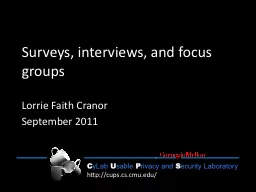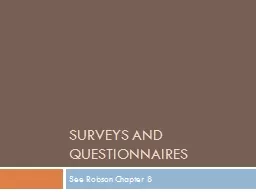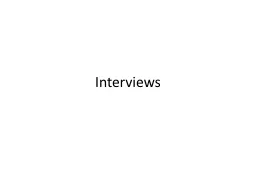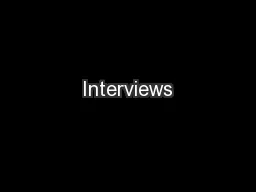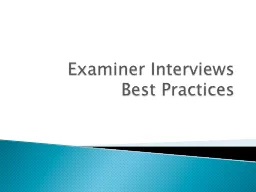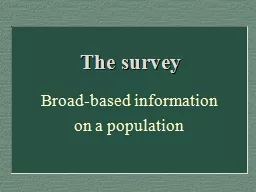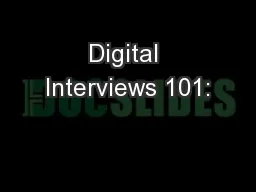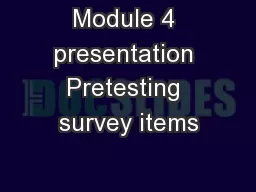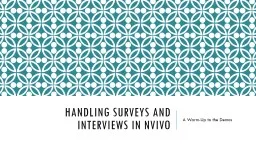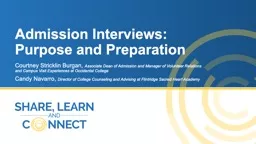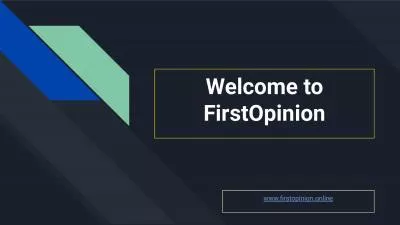PPT-Surveys, interviews, and focus groups
Author : lois-ondreau | Published Date : 2016-08-07
Lorrie Faith Cranor September 2011 Surveys interviews and focus groups Surveys Ask people set list of questions possibly with conditional questions or branching
Presentation Embed Code
Download Presentation
Download Presentation The PPT/PDF document "Surveys, interviews, and focus groups" is the property of its rightful owner. Permission is granted to download and print the materials on this website for personal, non-commercial use only, and to display it on your personal computer provided you do not modify the materials and that you retain all copyright notices contained in the materials. By downloading content from our website, you accept the terms of this agreement.
Surveys, interviews, and focus groups: Transcript
Download Rules Of Document
"Surveys, interviews, and focus groups"The content belongs to its owner. You may download and print it for personal use, without modification, and keep all copyright notices. By downloading, you agree to these terms.
Related Documents

